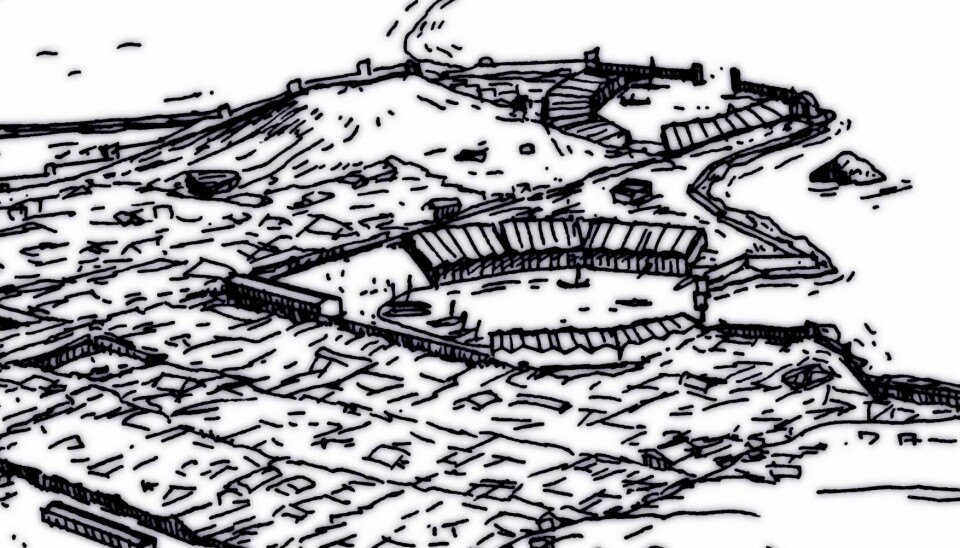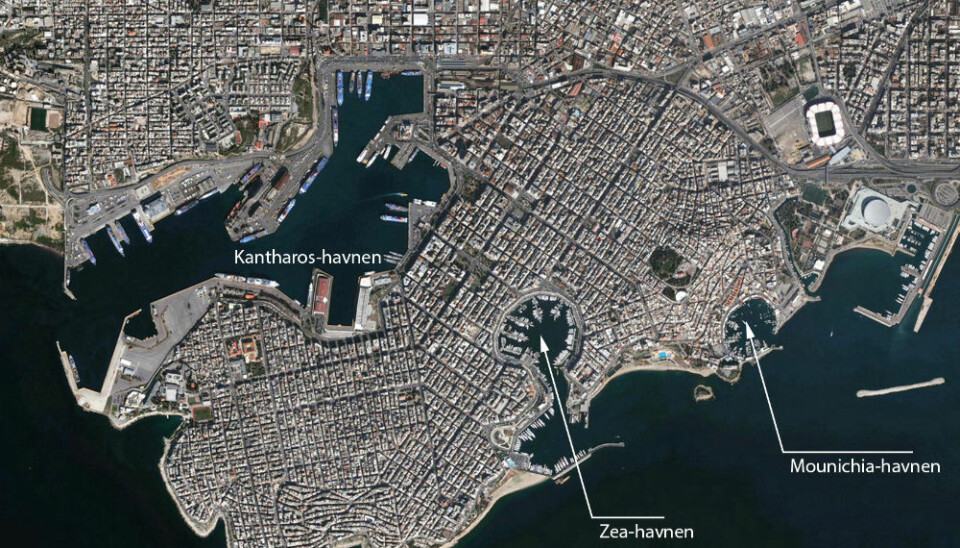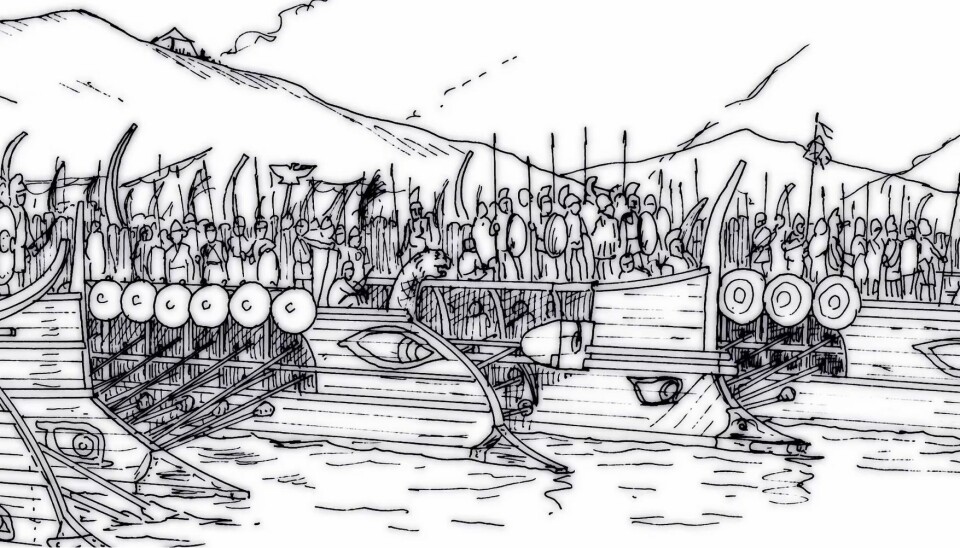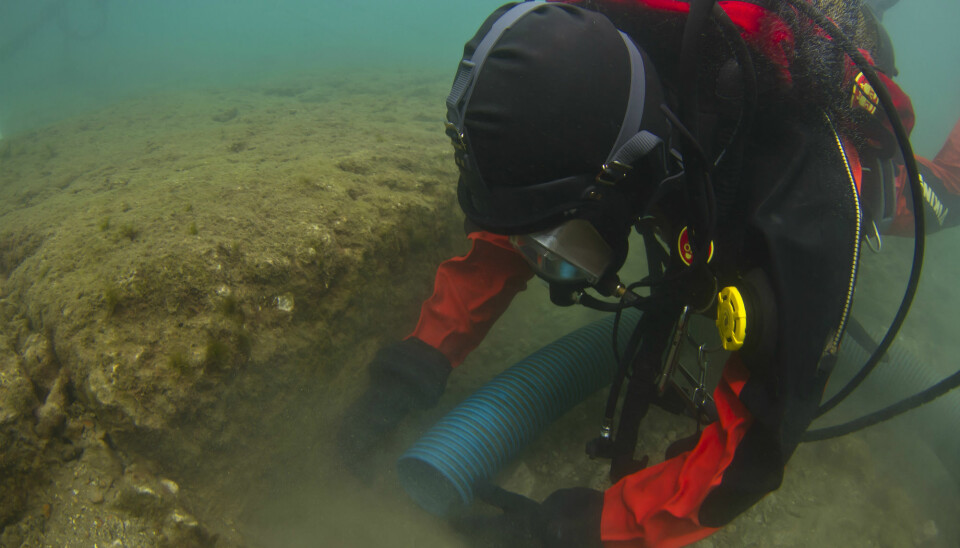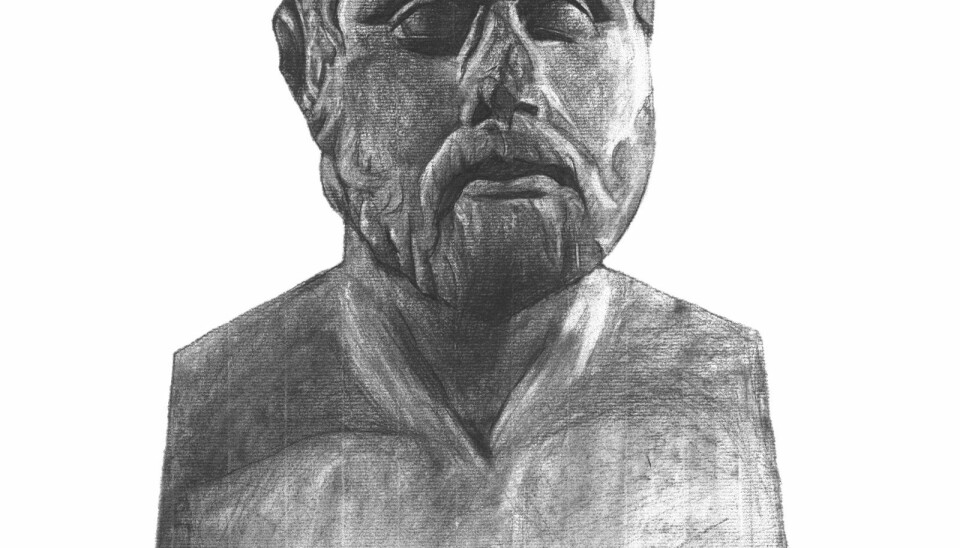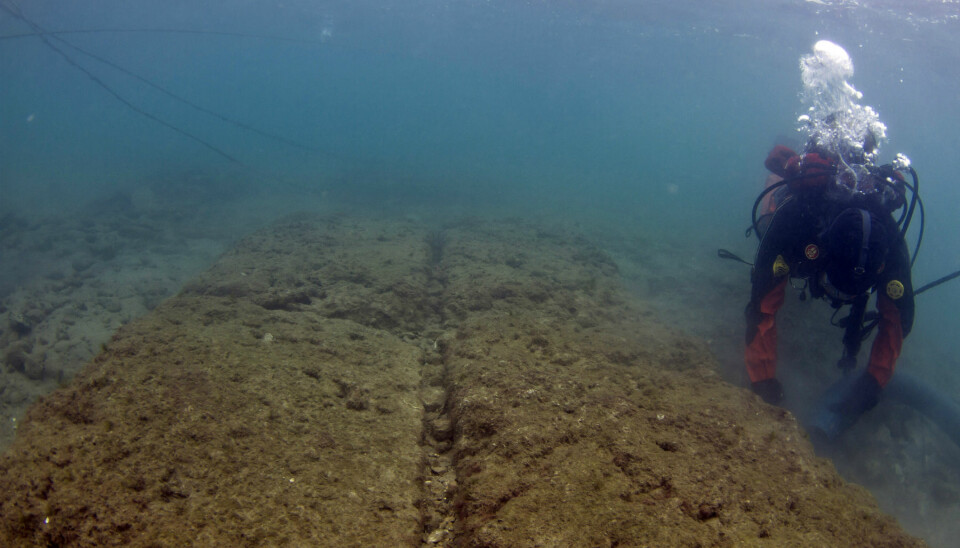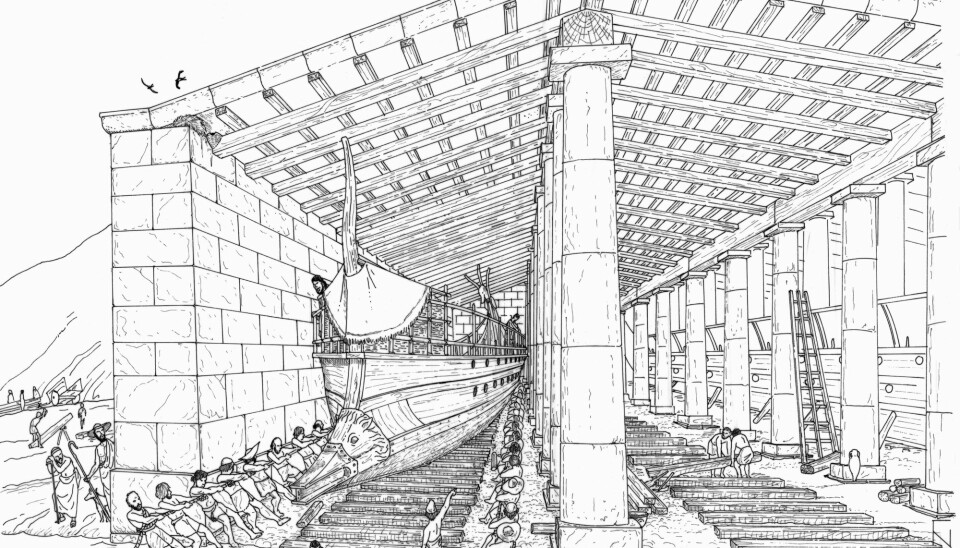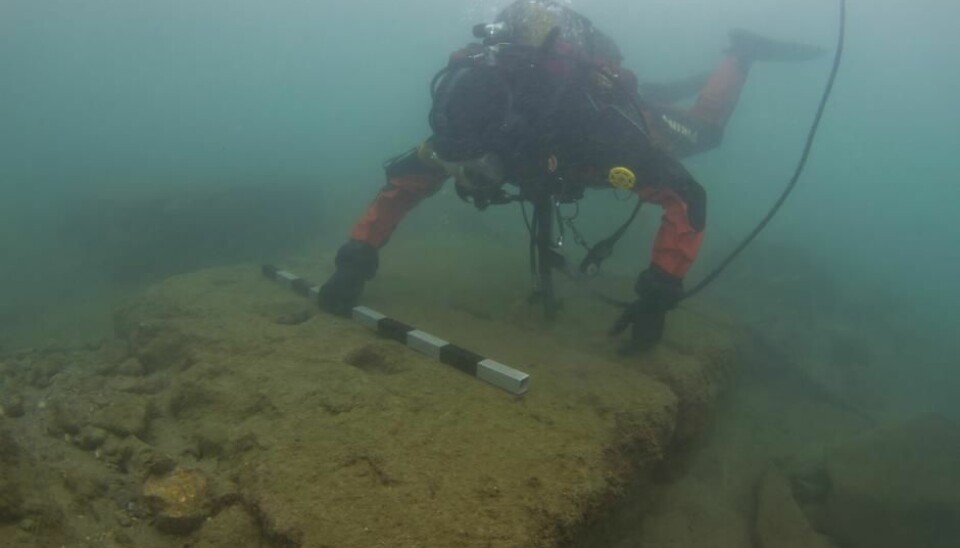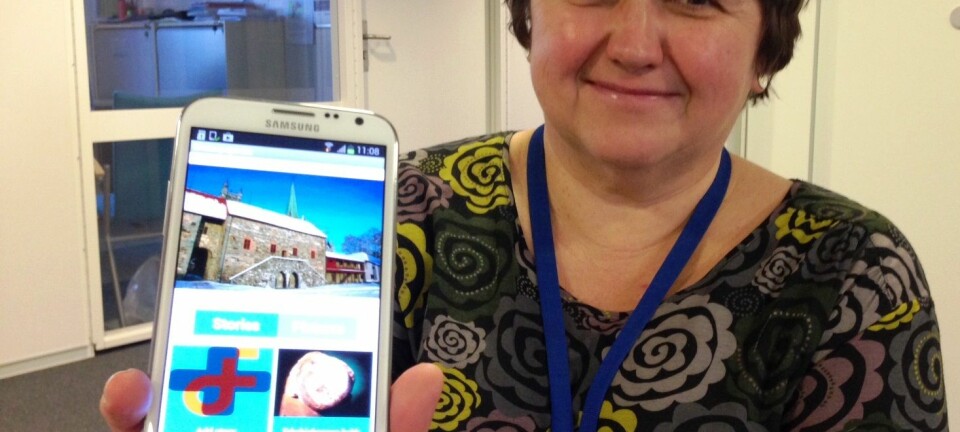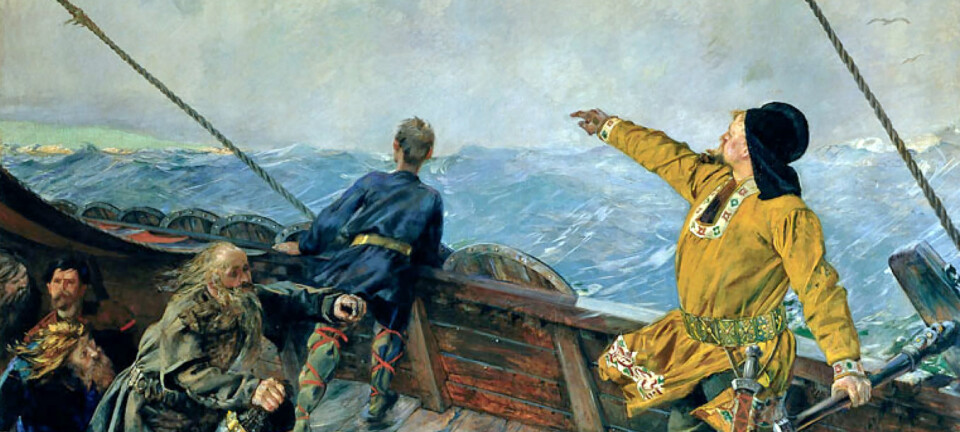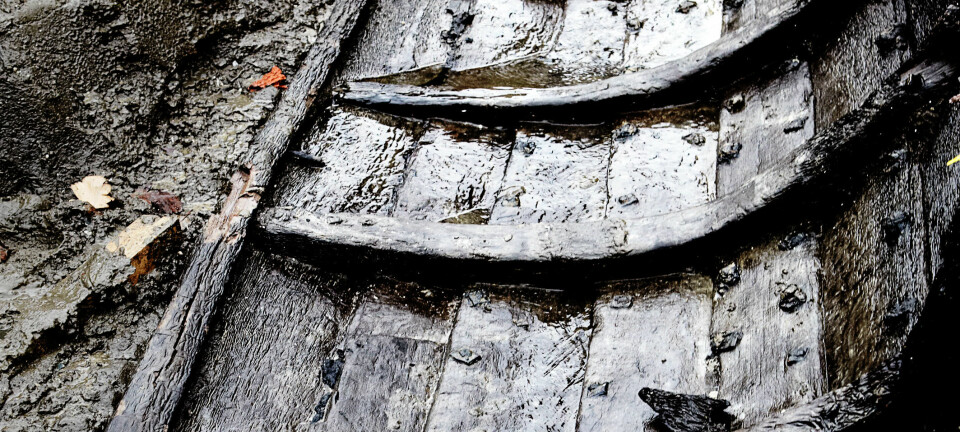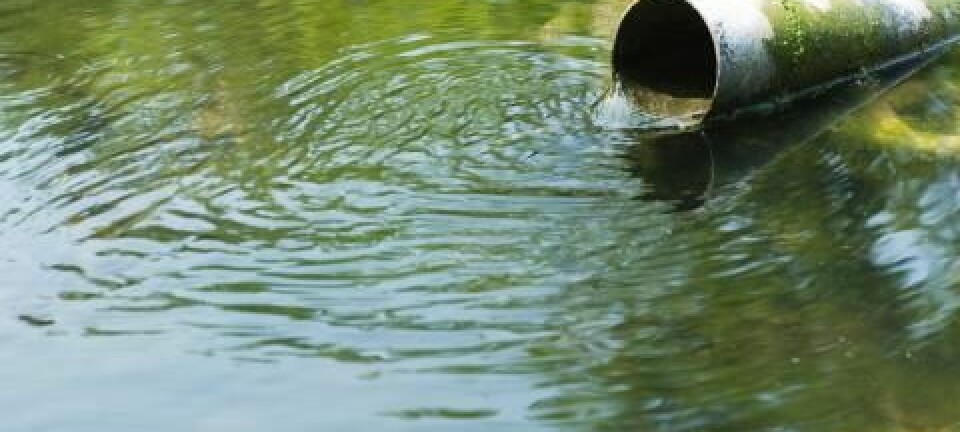Archaeologists discover Athens’ oldest navy base
A team of scientists have discovered the remains of Athens’ first navy base built in the Greek golden age.
Archaeologists have uncovered the remains of Athens’ first navy base.
The base was established in 493 BCE. At the time, it was one of the biggest building projects in the world and played a central role in the development of the Greek empire and the world’s first known democracy.
“We’ve discovered the navy bases that housed the first Greek fleet in Mounichia port in Piraeus--Athens' port city. It’s likely that the ships that fought at Salamis in 480 BCE had been there," says Bjørn Lovén, associate professor of classical archaeology at the University of Copenhagen, Denmark.
The naval battle of Salamis between the Greeks and Persians is a central event in the history of early Greek democracy. The modern world might look quite different had events gone another way.
You can see pictures of the discovery in the gallery above.
Discovered with the help of fishermen
Lovén and colleagues made the discovery in 2010 while working on the Zea Harbour Project--a large excavation of the Athens’ navy bases in the ports of Zea and Mounichia, which ran from 2001 to 2012.
The excavations were impeded by local fisheries and activities in the local marina. And the archaeologists had scanned and studied the harbour with no luck.
“The harbour bottom is a jungle of old anchors, anchor chains, rope, and other debris. And visibility is less than 20 centimetres on most days,” says Lovén.
But Lovén and his team received a tip off from local fisherman.
Spectacular and monumental building works
“He explained, that as a child he had sat on an antique column out in the middle of the harbour and fished there. It sounded far-fetched, but he could point the place out really accurately,” says Lovén.
Two marine archaeologists went down to investigate.
“They came back up with big smiles. They didn’t find the column, but they did find the remains of a colonnade and a wall from what was clearly a boat house,” he says.
To date, they have found the remains of six boat houses, which housed the ‘triremes’ Greek war ships. The remains are dated to 520 to 480 BCE, based on pottery fragments and radiocarbon dating of tree fragments.
The buildings were spectacular and monumental. The foundations of the colonnade was 1.4 metres wide, upwards of seven to eight metres high, and 50 metres long,” says Lovén.
Provides important insights
Classical archaeologist Poul Pedersen from The University of Southern Denmark, is thrilled by the discovery.
“The boathouse and ports in Piraeus are some of the biggest constructions in classical Greece. The harbour buildings can be compared to the Acropolis in terms of their volume and cost,” says Pedersen.
“It’s a fantastically large endeavour. Especially the boathouse, of which they built many hundred in the area. They played an important role in the building of Athens’ power and the discoveries in Piræus give an important insight into Athenian history,” he says.
Video: Athens’s first navy base secured the Greek domination, hundreds of years after the battle of Salamis (Video: University of Copenhagen)
-----------------------
Read the Danish version of this article on Videnskab.dk
Translated by: Catherine Jex
